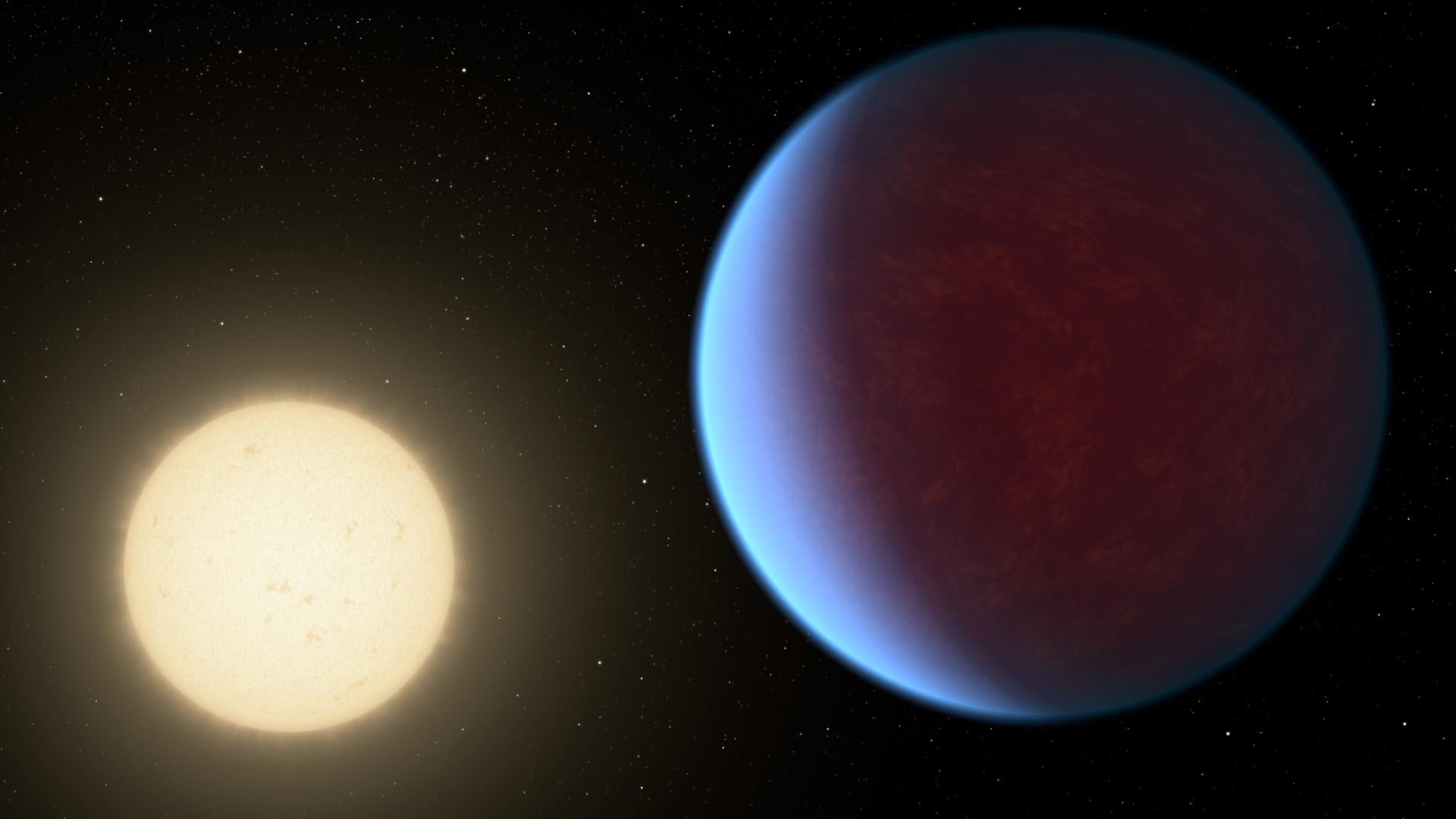Scientists are about to discover the weirdest planets in the Universe thanks to Nasa’s Webb Telescope
After two decades of hunting for exoplanets, the James Webb Space Telescope is set to begin really exploring these strange new worlds

Exoplanets, worlds beyond our own Solar System, are a wild bunch: some are gas giants like Jupiter, but are scorching hot due to orbiting closer to their star than Mercury does the Sun, some are frozen hulks, while others may be water worlds covered entirely by ocean, and still others may sport clouds and rain of liquid gemstones.
And some of them, somewhere, could host life as we know. Or even as we don’t.
Scientists have discovered thousands of these worlds since the 1990s, and exoplanet science has already changed the way scientists think about the universe, and our place within it.
But with the launch of the James Webb Space Telescope in December 2021, exoplanetary science stepped into a new era.
The Webb telescope sports new, sensitive instruments designed to work with the observatories uniquely powerful optics to peer deeply at exoplanets and decipher their secrets, characterizing the chemicals in their atmosphere to help chart their history and evolution, understand their present climates, and just maybe catch signs of biological activity. Alien life.
Here’s what you need to know about the James Webb Telescope and Exoplanets.
What is an exoplanet?
An exoplanet is a planet that is not a part of our own Solar System, that is, does not orbit the Sun. That could include rogue planets that have been tossed out of their own solar system to roam interstellar space, but exoplanets as known today orbit other stars.
More than 5,000 exoplanets have been discovered so far, with most of them being larger planets the size of Jupiter or Neptune, owing to the difficulty in detecting such small objects at incredible distances next to a very bright object like a star.
What is the James Webb Space Telescope?
The James Webb Space Telescope is the largest space telescope ever launched.
More than 20 years in development and construction, Web finally launched on Christmas Day in 2021, and took nearly a month to reach its operational orbit around 1 million miles from Earth.
Webb sports a primary mirror 21.3 feet in diameter composed of 18 gold coated beryllium mirror segments, and is tuned to collect light from the infrared end of the spectrum. This is the perfect range of frequencies to detect very faint and distant objects, which is one part of Webb’s mission, and is also helpful for spectroscopy, which characterizes the molecular nature of distant objects by splitting up the light emitted from them by frequency. Because different chemicals and elements absorb infrared light at different frequencies, the pattern of absorption can tell scientists what distant objects are made of.
That’s where Webb and exoplanet science meet.
How are exoplanets discovered?
Exoplanet hunting telescopes, such as Nasa’s Transiting Exoplanet Survey Satellite, (Tess), which has discovered more than 2,000 exoplanets since it was launched in 2018, often find the planets by watching candidate stars very closely.
Tess cannot resolve a direct image of a distant planet, but it can measure a dip in the brightness of a distant star as a planet crosses the star’s face from the point of view of Tess. Such a crossing is a transit, and this method of finding exoplanets is known as the transit method.
How will Webb study exoplanets?
The Webb telescope is not so much an exoplanet hunter and an exoplanet explorer. Using its powerful optics and its infrared spectrometer, Webb can peer at already known exoplanets and measure the starlight filtering through their atmospheres in order to discover what compounds exist in their air, and how much of those compounds are there. When the first five Webb observations were released to the public on 12 July, one of those observations was not a photo, but instead the spectrum of the exoplanet Wasp 29 b.
Recent results from further study of that first exoplanet spectrum from Webb showed a strong and clear presence of carbon dioxide in an exoplanet atmosphere for the first time, exciting scientists at the possibilities of what Webb might reveal on other exoplanets in the future. Changes in atmospheric composition heralded the emergence of life as we know it on Earth, primarily an increase in oxygen. It’s possible that Webb, which is just getting started on a mission expected to last more than a decade, might just catch such a transition on another, distant, but Earth-like alien world.



Join our commenting forum
Join thought-provoking conversations, follow other Independent readers and see their replies
Comments